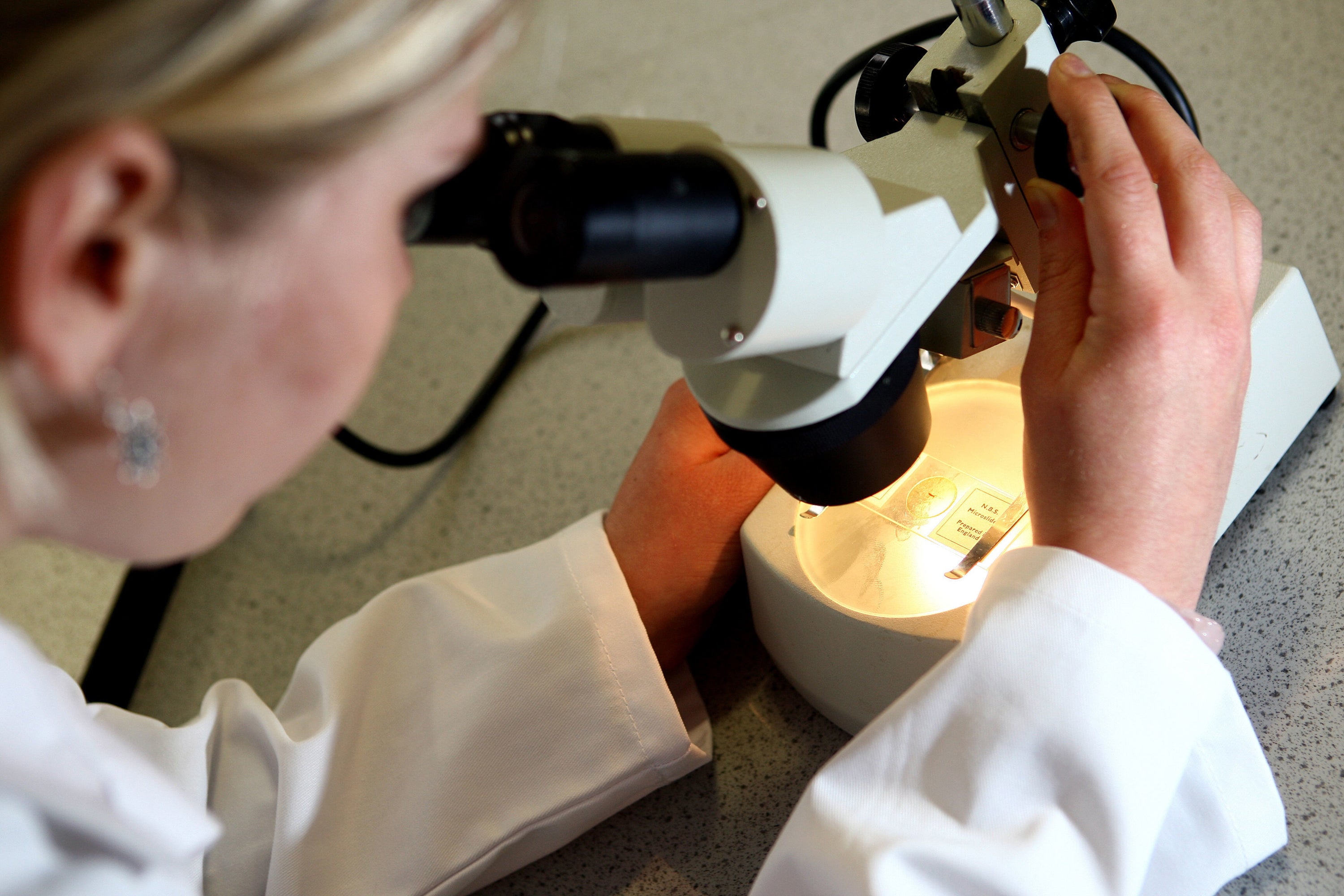Supercomputers could be answer to greatest threat to human health
Researchers are using computers to redesign existing antibiotics.

Your support helps us to tell the story
From reproductive rights to climate change to Big Tech, The Independent is on the ground when the story is developing. Whether it's investigating the financials of Elon Musk's pro-Trump PAC or producing our latest documentary, 'The A Word', which shines a light on the American women fighting for reproductive rights, we know how important it is to parse out the facts from the messaging.
At such a critical moment in US history, we need reporters on the ground. Your donation allows us to keep sending journalists to speak to both sides of the story.
The Independent is trusted by Americans across the entire political spectrum. And unlike many other quality news outlets, we choose not to lock Americans out of our reporting and analysis with paywalls. We believe quality journalism should be available to everyone, paid for by those who can afford it.
Your support makes all the difference.Scientists have made a “giant leap” using supercomputers to combat the greatest threat to human health posed by antibiotic resistance.
Each year about 700,000 people are estimated to die because of antibiotic resistant bacteria, and that number is expected to rise into the millions in coming years.
And without effective antibiotics, life expectancy is predicted to drop by 20 years – prompting a race by scientists to develop new antibiotics to fight disease faster than the diseases can mutate and evolve.
Now an international team of researchers, co-led by Dr Gerhard Koenig of the University of Portsmouth are using computers to redesign existing antibiotics to keep up with the changing disease for a study published in the journal PNAS.
It’s only a matter of time until bacteria develop counterstrategies against our counterstrategies and become resistant to the new antibiotic
Dr Koenig, a computational chemist, said: “Antibiotics are one of the pillars of modern medicine and antibiotic resistance is one of the biggest threats to human health. There’s an urgent need to develop new ways of fighting ever-evolving bacteria.
“Developing a new antibiotic usually involves finding a new target that is essential for the survival of a wide range of different bacteria.
“This is extremely difficult, and only very few new classes of antibiotics have been developed in recent times.
“We have taken a simpler approach by starting from an existing antibiotic, which is ineffective against new resistant strains, and modifying it so it’s now able to overcome resistance mechanisms.”
The team has shown that their best drug candidate, which is yet to undergo clinical trials, is up to 56 times more active for the tested bacterial strains than two antibiotics on the World Health Organisation’s (WHO) list of essential medicines, erythromycin and clarithromycin.
Dr Koenig said: “Not only is our best candidate more effective against the tested targets, but it also shows activity against the three top ranked bacteria from the WHO priority list where the tested existing antibiotics don’t work.
“It’s only a matter of time until bacteria develop counterstrategies against our counterstrategies and become resistant to the new antibiotic, so we will have to keep on studying bacterial resistance mechanisms and develop new derivatives accordingly.”
The aim of the study is to show that the resistance mechanisms of bacteria can be addressed in a systematic way, allowing science to continually fight back with a computational evolution of new antibiotics.
Dr Koenig said: “Our computers are becoming faster with every year. So, there is some hope that we will be able to turn the tide.
“If computers can beat the world champion in chess, I don’t see why they should not also be able to defeat bacteria.”